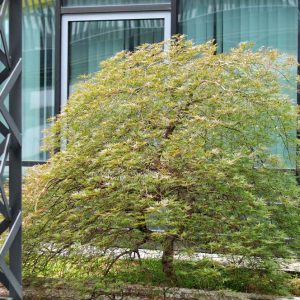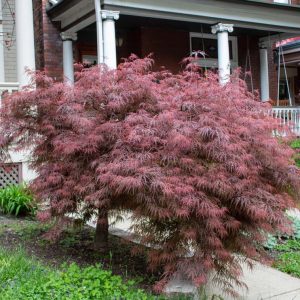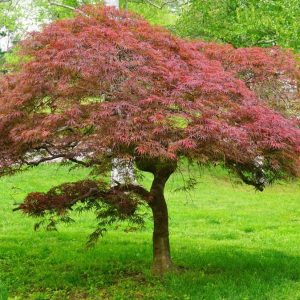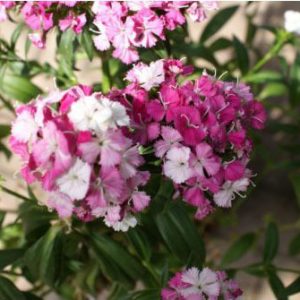Description
Bouteloua – Grama Grass –
There are about 40 species of deciduous, rhizomatous or stoloniferous, clump forming, annual and perennial grasses, in this genus. They occur in open grassland and prairies in North, Central and South America. They are grown for their unusual ornamental inflorescences, the flowers are borne in branched panicles with flattened, horizontally held spikes, which are said to resemble mosquitoes. The finely haired, basal leaves are stiff, linear and are flat or folded. Grow as specimen plants, in prairie or meadow garden, or in groups in a mixed or herbaceous border and can be used as a pasture or coarse lawn grass.
Grow in medium to light, well drained soil in full sun. Provide sharp drainage in areas where theirs high winter rainfall fall, most species are intolerant of cold combined with winter moisture. Cut back overwintered material in early spring. Divide clumps from mid spring to early summer. Tolerant of dry once established.
Prone to damping off, rust, head smut, leaf smuts, tar spot, and leaf spots.
B. curtipendula – This densely, tufted, rhizomatous, perennial grass found from Canada to Argentina grows 30″ tall and 24″ wide. It produces clumps of linear, gray-green leaves, to 24″ long. From mid summer to early autumn it bears panicles of 30-80 one sided flower spikes, each with up to 12 separate, red tinted, green spikelets, to ½” long.
Zones 5-9





